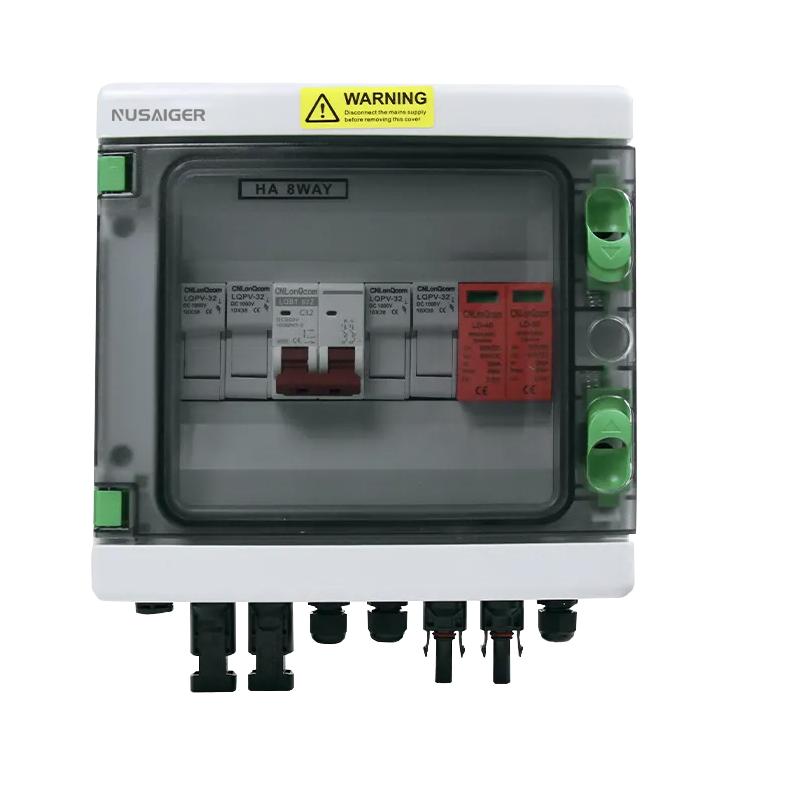How to Select the Right Photovoltaic Combiner Box for Your Solar Project
Published on August 10, 2025
1. Introduction
The photovoltaic (PV) combiner box is a crucial component in solar power systems, responsible for combining multiple strings of solar panels into a single output to the inverter. Choosing the right combiner box is essential for ensuring system reliability, safety, and efficiency. This guide outlines the key factors to consider when selecting a PV combiner box for your solar project.
2. Determine Your System Requirements
Before choosing a combiner box, clearly define your system’s technical requirements, including:
- Number of Inputs: Match the number of string inputs to the total number of PV strings in the system.
- Rated Voltage and Current: Ensure the combiner box can handle the system’s maximum open-circuit voltage and current.
- Output Configuration: Decide whether the output will be DC or if additional components like fuses or breakers are required.
3. Environmental and Site Considerations
The location of your PV combiner box plays a significant role in its selection:
- Weather Resistance: Look for enclosures with appropriate IP ratings (e.g., IP65 for outdoor use).
- Temperature Range: Ensure the combiner box can operate within the site’s ambient temperature limits.
- Corrosion Protection: For coastal or industrial areas, select corrosion-resistant materials like stainless steel or coated metals.
4. Safety Features
Safety should be a top priority when selecting a PV combiner box. Essential safety features include:
- Overcurrent Protection: Fuses or circuit breakers to protect each PV string.
- Surge Protection: SPD devices to safeguard against lightning and transient voltage spikes.
- Isolation Switch: Allows safe disconnection for maintenance and troubleshooting.
5. Compliance with Standards
Ensure the combiner box meets relevant international and local standards:
- IEC 61439 for low-voltage switchgear and controlgear assemblies.
- UL 1741 for PV equipment in North America.
- CE certification for European markets.
6. Quality and Reliability
Invest in a combiner box from reputable manufacturers with proven track records. Consider warranty periods, after-sales support, and availability of spare parts when making your decision.
7. Cost vs. Value
While budget is always a factor, prioritize quality and safety over the lowest price. A reliable combiner box reduces downtime, minimizes maintenance costs, and extends the system’s operational life.
8. Conclusion
Choosing the right photovoltaic combiner box involves careful consideration of technical requirements, environmental conditions, safety features, and compliance standards. By taking the time to evaluate these factors, you can ensure your solar system operates efficiently and safely for many years.



